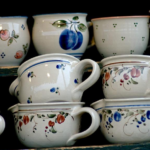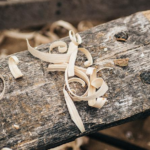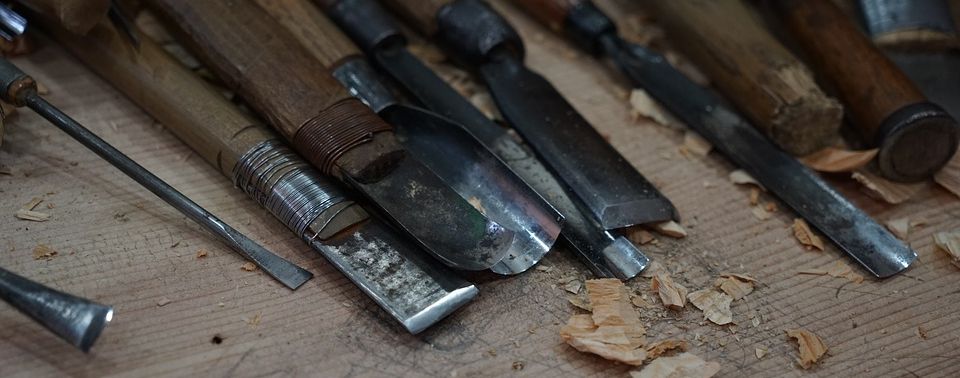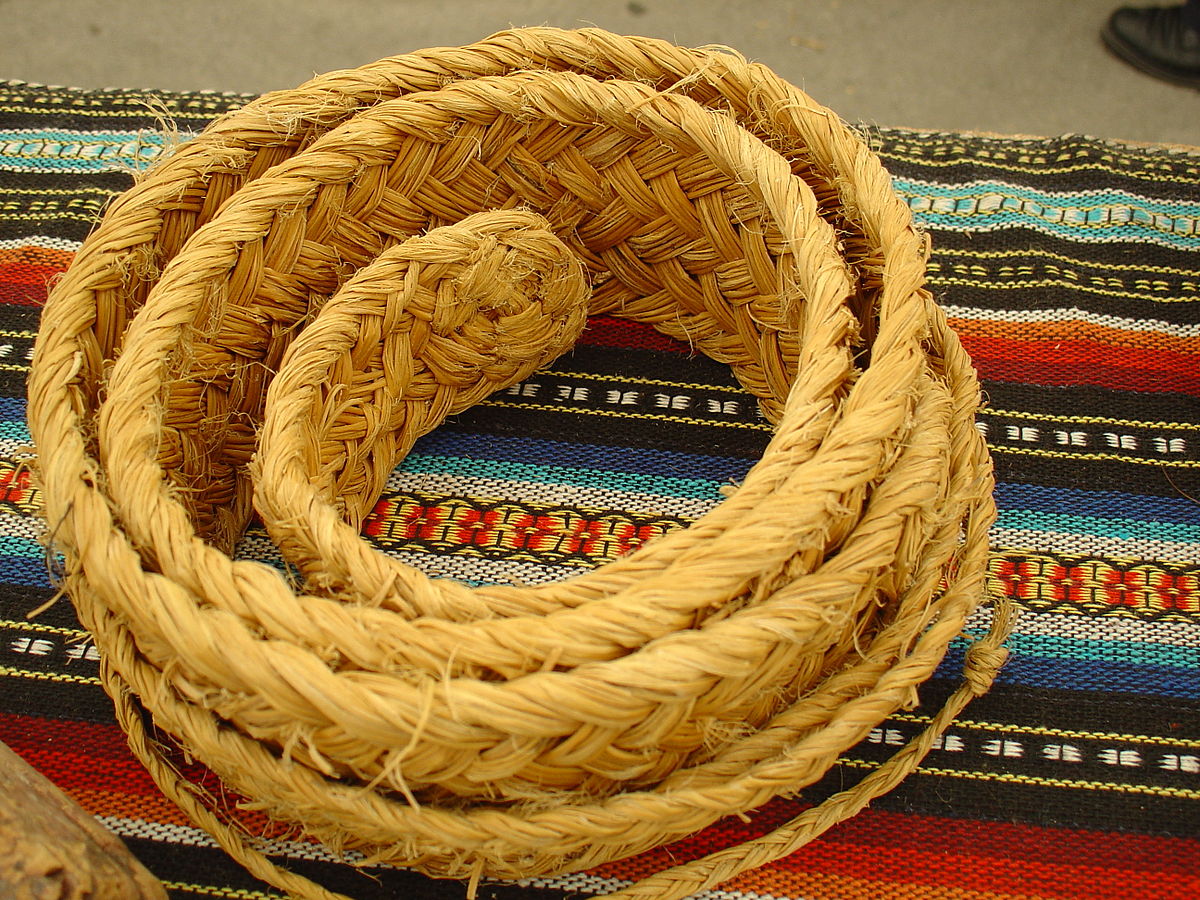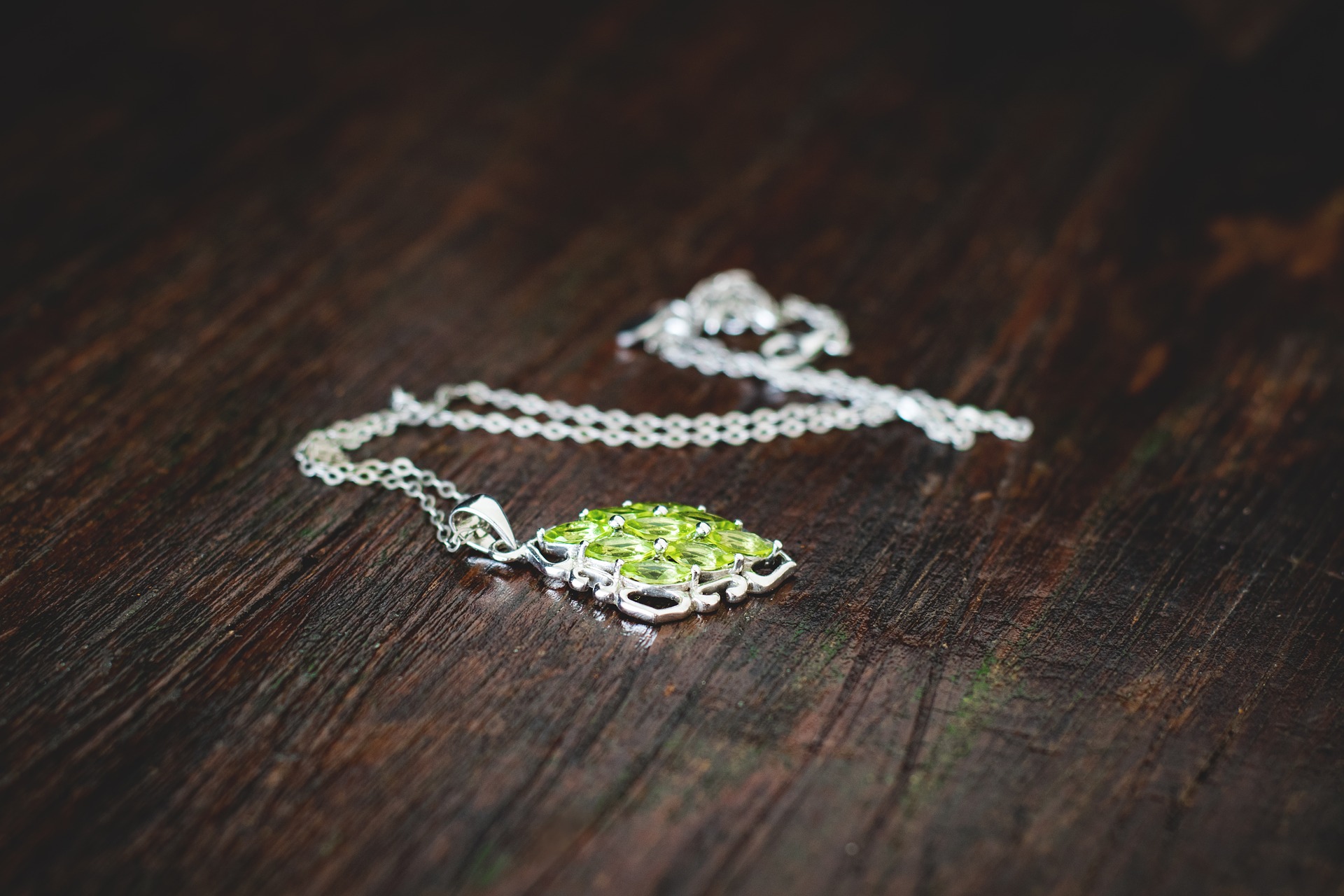Wood Carving and Cabinetmaking
Country of the crafting :Europe
Type of the crafting :Wood
1. Geographic Area
the term “cabinetmaker” (ebanista) appeared in France in the seventeenth century, where the ebéniste differed from the menuist or carpenter.Just as the carpenter worked carved pieces of ordinary wood, the cabinetmaker was engaged in much more detailed furniture, the first of which was made of ebony wood.
2. Craft characteristics
Cabinetmaking is distinguished from carpentry in that it produces more elaborate furniture, generating new technique s and complementing them with others for the manufacture of some pieces, such as marquetry, carving, turning and taracea, among other technique s. Even without the use of a specific material, the joinery seeks to develop furniture of better quality and design.
3. the technique
the woods to look for are light, that are easy to work with the brush, capable of receiving regular polishing and resisting without deforming.The tools used by the cabinetmaker are the same ones that the carpenter makes use of, but finer, because the grain of the wood demands it, and because he should not lose it, but as little as possible.In addition, it uses smoothing blades, pumice stone, emery and sandpaper.
4. Used materials
The woods used by the cabinetmaker are the so-called fine or precious, exotic and indigenous, in general. But, for economic reasons, furniture is also usually made with ordinary wood veneered from the wood listed above. In the first case, the furniture is said to be solid and, in the second, veneered.
5. History of the art:
Cabinetmaking had its beginnings in the work with ebony wood, which was once very rare and expensive, coming mainly from Corsica and North Africa. Therefore, the manufacture of furniture with this wood became a craft quality craft. From the seventeenth century, ebony began to be replaced by stained woods. Since then, joinery is understood as the making of furniture with valuable wood.

